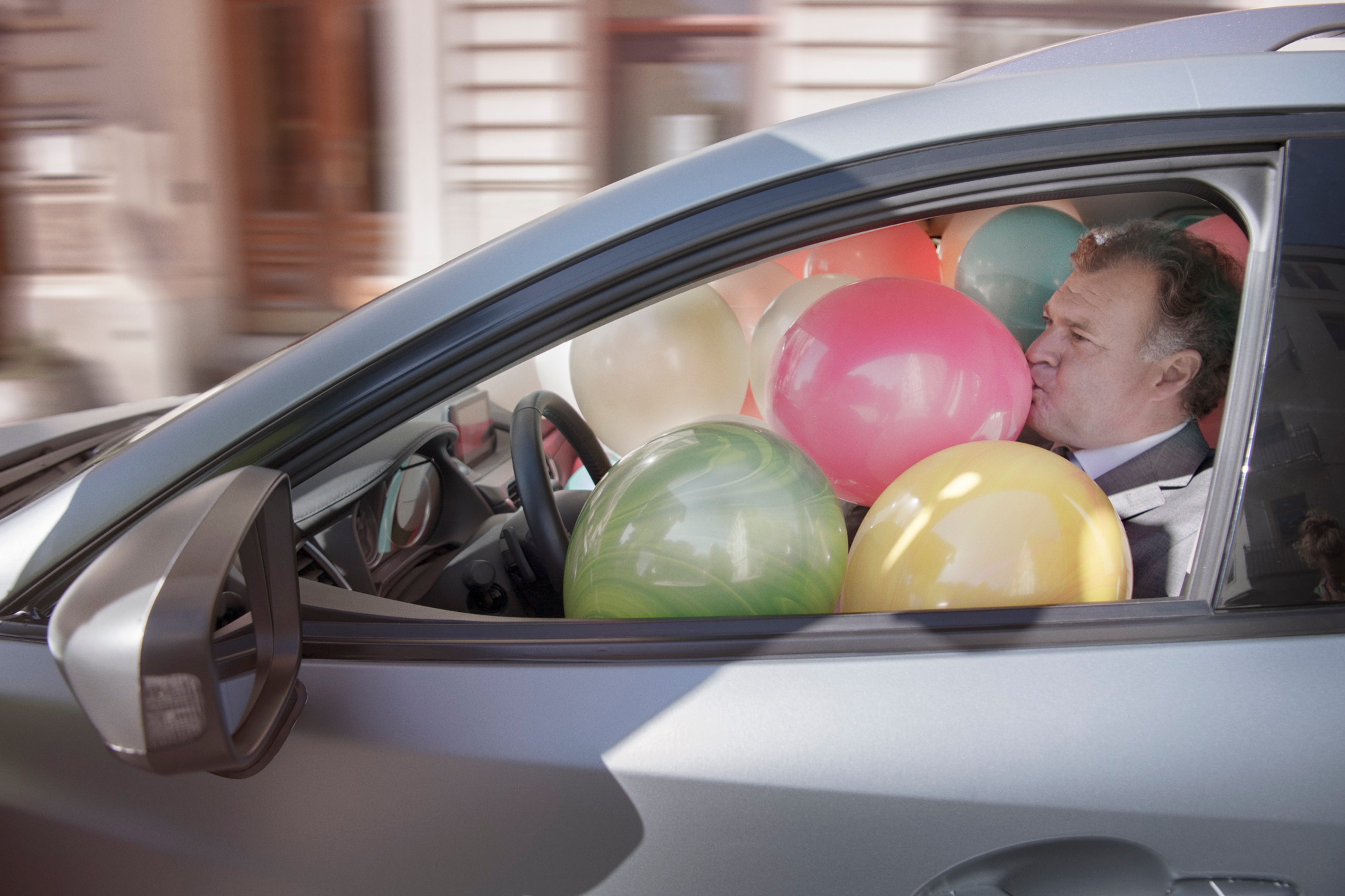ArticleDigital Solutions
What is LIDAR?
On the journey towards autonomous vehicles and machines, there are several challenges to overcome. One of them is the question of how the vehicle or machine is going to see and interpret its surroundings, using different kinds of sensors. Here we will look into the LIDAR technology and how it could work for the area of Applied Autonomy: What is LIDAR?

The automotive industry has come a long way on the road to fully autonomous cars. Many of the lessons learned and the technological progress can also be used in Applied Autonomy – an area where the vehicles in question often operate in a controlled environment with different types of distractions than on roads, and at lower speed.
One aspect to be handled is perception – how will the autonomous vehicles be able to see and interpret their surroundings? In order to enable autonomous driving from level 3 and onward you need at least three types of sensor systems: camera, RADAR, and LIDAR systems. In this article we will take a closer look at how the LIDAR technology really work and what the benefits with LIDAR are.
How LIDAR works
This is LIDAR, Light Imaging Detection and Ranging: a surveying technology using laser light pulses, as opposed to RADAR where radio waves are used. LIDAR systems today are rarely used in serial production. The potential of this technology is not yet fully explored due to cost and availability reasons. What the LIDAR sensor is great for is reference use.
What is LIDAR and how does it work?
Laser signals are emitted;
Laser signals reach an obstacle;
Signal reflects from the obstacle;
Signal returns to the receiver; and then
A laser pulse is registered.
The registered pulse is given a location and representation in a point cloud.
The point cloud can then be used for various algorithms, AI, Machine learning or other analysis software as you have a digitalized representation of the world
Benefits with LIDAR
Thanks to the fact that LIDAR sensors emits laser pulses 1,00,000 times faster than sound it can receive data from a huge number of sources every second. This means the data is more precise. This is a great quality of the LIDAR:s, the fact that they can be used to create precise maps because of the inner processor’s possibility to save the reflection points of the laser and then generate a 3D image of the environment. A very useful feature in many cases. It can also calculate distance.
With a rotating LIDAR sensor you have quite a large structure to put on the roof of the vehicle. The challenge for the automotive industry has long been to find a way to keep the benefits of LIDAR technology but in a product that is more protected. A Solid State LIDAR was demonstrated in a productified format for the first time in 2016. It contains no moving parts and can be built in to the vehicle. The downside is you need more than one sensor. Preferred is four – one in each corner, or at least two in the front and on in the back.
It is not very likely that the future autonomous vehicle will only use LIDAR sensors, it will probably be used in a sensor combination and the data will be fused with data from other types of sensors. That will enable the system to use the benefit with the LIDAR sensor, precision, in combination with RADAR’s reaction time and distance strengths.
LIDAR – the best choice for Applied Autonomy?
Within the area Applied Autonomy the speed of the vehicles is not usually the problem. Large vehicles plowing a field or moving on a restricted construction site will not have to worry about pedestrians, racing drivers or traffic lights. For these areas LIDAR would in most cases be the best option, though the technology is still expensive to use on a larger scale.
On another note, the field of Applied Autonomy is far more differentiated than the automotive area and the technical solutions need to be more specifically adapted to each user case. Examples of applications are drones used to put out forest fires, rock drilling, vehicles used inside of factories and autonomous snowploughs. Research and development in the automotive industry will pave the way for technologies but the actual implementation in Applied Autonomy will vary depending on for example environment, safety, tasks and system optimizations.
When to use LIDAR sensors – the rock drilling example
A more specific case would be a type of construction equipment, like a rock drill. The rock drill operates mostly standing still and does not have the top speed of a vehicle in traffic. Motivating a sensor is however not only based on technical performance, a larger set of factors needs to be considered to fill the specific need.
Two of them would be for example:
The product cost is one thing but there are only a few larger RADAR manufacturers that can reach the lower costs because of the large amounts of volume on each product. Which means that it could be a major problem finding a supplier that is interested. There exists a few low volume manufacturers but cost is higher and there could be question marks surrounding the product maturity when purchasing from lesser known contractors that does not have the rigorous verification and validation processes as the automotive industry.
RADAR is a good sensor for long range obstacle detection and for its quick response time. This means the main benefits will be detecting long range and for high speed applications. None of that is important for this specific rock drilling application. It will be stationed in a construction site environment and therefor the need for long range detection and quick response time is reduced. So, what would be the benefits with a LIDAR sensor in this case? If looking only at sensor performance and its application in this project a solid state LIDAR would outperform the RADAR in almost all key areas. However, considering environmental issues, product cost and software application and maturity, a RADAR sensor could still be the best overall option.
Other kinds of sensors
When discussing sensor systems for the automotive industry and autonomous cars there are three main groups of sensor systems being used: camera-, RADAR-, and LIDAR-based systems. Camera systems are already being used in cars today and are a prerequisite for all further levels of automation. To use rear and 360° cameras in cars provide great detail for a human driver but can also be used as an input parameter for highly automated driving. In the near future most of the camera systems will be digitally based.
Forward-facing camera systems for medium to high ranges, such as in the area between 100 and 275 yards, use algorithms to automatically detect objects, classify them, and determine the distance from them. For example, the cameras can identify pedestrians and cyclists, motor vehicles, side strips, bridge abutments, and road margins. The algorithms are also used to detect traffic signs and signals. Camera sensors are often used in drone surveying, both for agriculture and military use. The camera can detect colour patterns which for example can be used for detetcting fires, insects attacks on trees or drug plantations from the sky.

